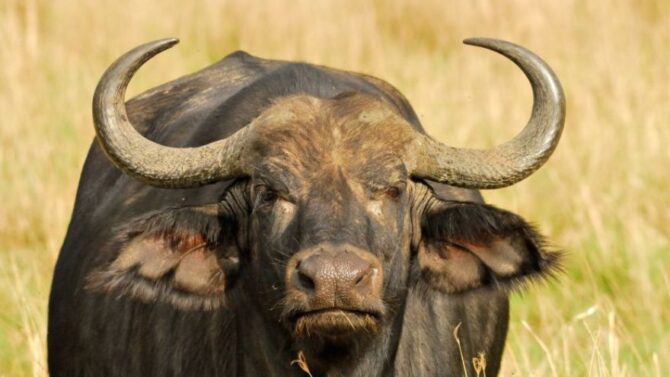On our beautiful planet, hard work isn’t just a human trait, animals can be hardworking too.
The most hardworking animals have amazing work ethics that would put many humans to shame. We are familiar with many such animals such as horses, donkeys, and maybe even ants.
But there are far more than these three creatures. Many species are hardworking and even productive. This is both for their benefit and that of humans sometimes.
Besides horses, donkeys, and ants, other animals that are hardworking include beavers, domestic dogs, the Alpine swift, bulls, and even earthworms.
15 Most Hardworking Animals
1. Ants (Formicidae)

Our first hardworking animals are insects in the Formicidae family and the Hymenoptera order.
Ants are found in every continent except Antarctica, related to both wasps and bees.
There are an estimated 22,000 species on the planet, which explains its wide range.
Ants are considered models of hard work, both in fables and religious texts.
These folks are always on the move, gathering food and building up an anthill.
Though they look weak, ants can lift objects more than their weight.
They do have moments of rest, but overall ants hardly show signs of laziness.
2. Domestic Dogs (Canis Lupus Familiaris)

The domestic dog doesn’t need an introduction.
The “man’s best friend”, is the most popular pet in the world. It was also the first species to be domesticated and is compared to the gray wolf.
While domestic dogs are considered pets, many breeds are trained for labor. The Siberian husky is an example. As sled dogs, they pull objects and humans.
Other breeds are trained to help people. German shepherds are mostly used as police dogs, while Labradors are trained to help people with impaired vision.
For families, they make good guard dogs and watchdogs. Their size and energy make them proficient workers.
3. Beavers (Castor)

The beaver is the second largest rodent in the world, coming after the capybara.
These semi-aquatic rodents fall under the genus Castor. The North American beaver and the Eurasian beaver are the only existing species.
As semi-aquatic animals, beavers live near freshwater habitats. They build dams to make their habitats.
Building a dam takes a lot of effort, both for humans and beavers. The idea that beavers are lazy is unfounded. These animals work in groups, similar to ants.
They build these impressive dams using mud, tree branches, vegetation, and rocks. Beside they build lodges, they also have family units.
4. Donkeys (Equus asinus)
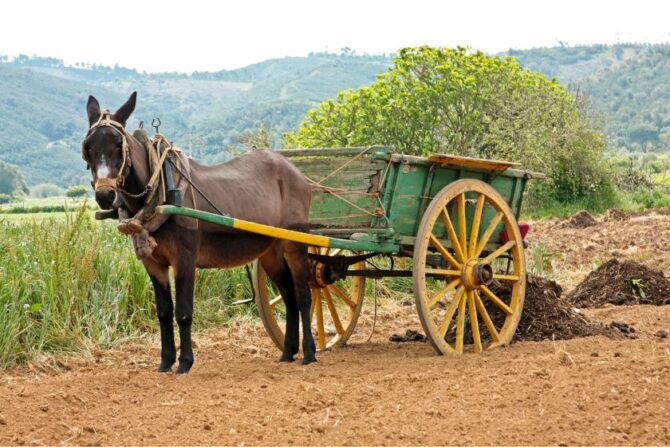
The donkey is a member of the Equidae family, and it has been a work animal for around 7,000 years since it was first domesticated.
Donkeys can either be classified as a subspecies of the African wild ass or a species of its own. Not surprisingly, it is a relative of the horse, another hard-working animal.
Given their long reputation as work animals, the donkey is considered one of the most hardworking creatures in the world. They used to be a major form of transportation, carrying both humans and loads.
In some places, they are still functional. They’re also very adaptable.
5. Earthworm (Lumbricina)
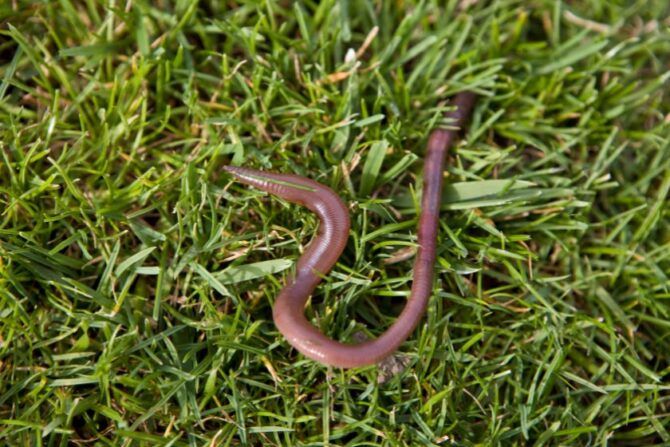
The earthworm forms the suborder Lumbricina, which in turn falls under the phylum Annelida. Its range is widespread, covering every continent except Antarctica.
The earthworm flourishes where there’s soil, water, and optimum temperature.
We don’t often appreciate how hardworking these tubular animals are. Earthworms decompose organic matter, supply oxygen to the soil, and improve drainage.
Overall, they increase soil fertility, even in gardens. The next time you see an earthworm in your garden, don’t be quick to get rid of it. It’s helping you!
6. Emperor Penguin (Aptenodytes forsteri)
The emperor penguin is the tallest penguin species, as well as the heaviest. It can be found only in Antarctica.
This is the most common species and the first that comes to mind when people think of penguins. They live both on land and in water, swimming to find food or hide from predators.
The work ethics of emperor penguins can’t be ignored. Besides the effort they put into locating prey, emperor penguins build their nests out of stones for their eggs.
They also work to keep their little babies warm and safe.
7. Dung Beetle (Scarabaeinae)
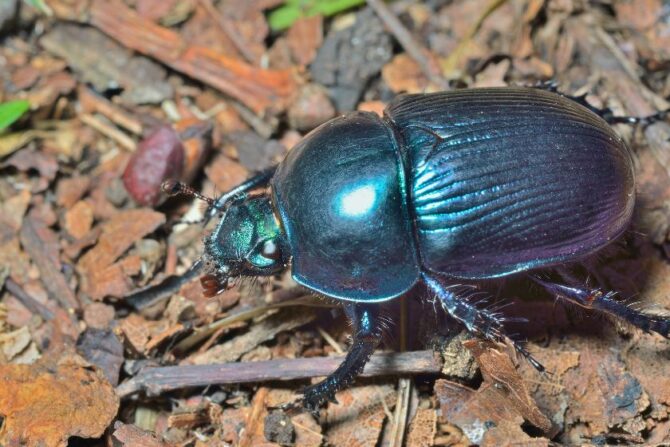
The dung beetle is a member of the superfamily Scarabaeoidea, and it is so named because it eats feces.
There are over 5,000 dung beetle species with their varieties. The roller species move their dung, the tunnelers bury them and the dwellers simply live in it.
In all three cases, the dung beetle is a hard worker.
They spend time working with the dung, and their actions provide manure for the soil.
8. Bull (Bos Taurus)
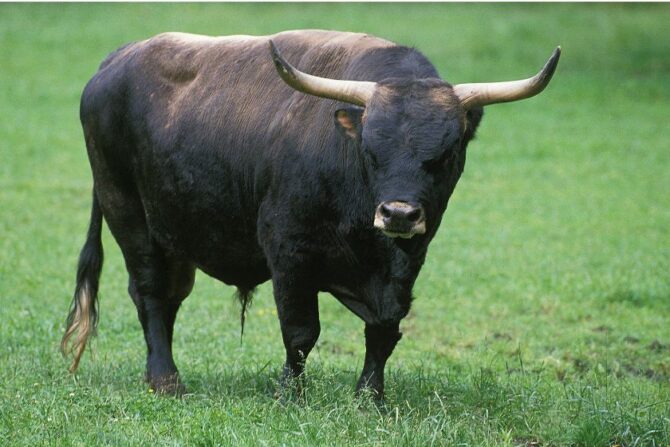
Bulls are religious symbols and also have a reputation for being both stubborn and lazy.
The first stereotype has merit, but the second is not true. Bulls are very hardworking creatures.
These animals can pull heavy loads, and because of their determination, they can go far distances without getting tired.
They are trained to pull carts and heavy loads, a job some still do today.
9. Buffalo (Anoa)
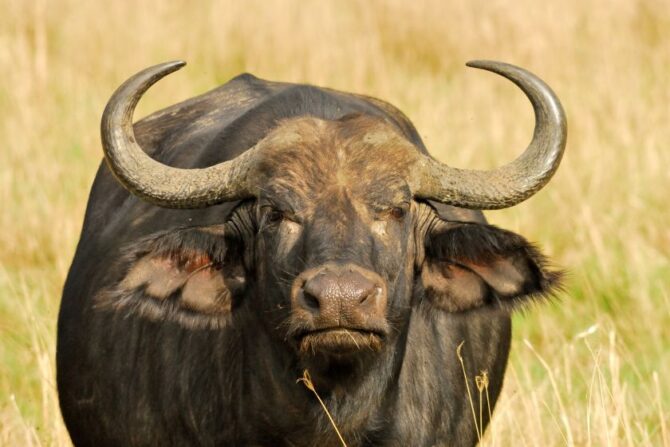
The buffalo is a type of wild cattle. It is a native of Southeast Asia where it inhabits rainforests.
The buffalo is a terrestrial animal, but unlike bulls, it can swim and spend time underwater. It does this when looking for plants and fruits.
Buffalos are wild, but they can be tamed and employed as beasts of burden. Their energy and strength get put to good use as they carry loads and even people.
10. Honey Bees (Apis)
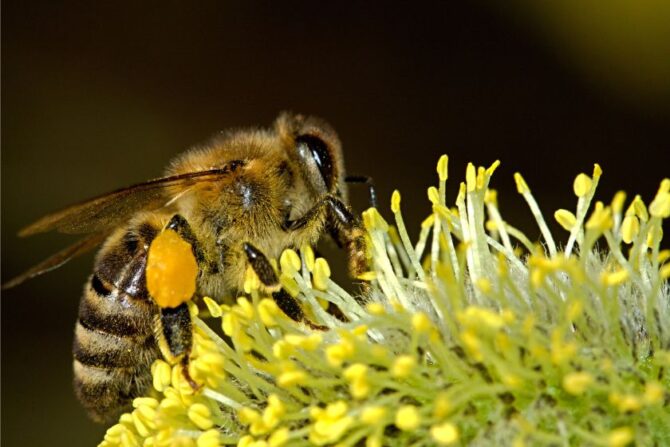
The honeybee is one of many bee species, well known for producing honey.
It forms the genus Apis. Its natural range extends from Africa to Europe and Asia, but it has also been introduced to North America, Australia, and South America.
The most common honeybee species is the western honeybee. Like ants, honeybees work for their meal.
They can fly far to get food, going up to 2 miles. As pollinating agents, they contribute positively to agriculture.
11. Horses (Equus caballus)
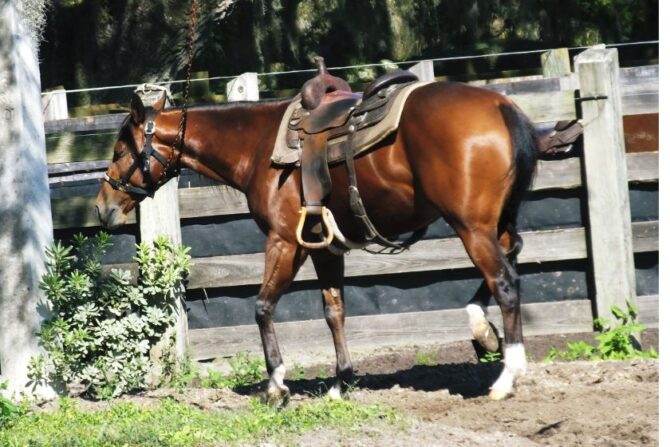
A member of the Equidae family, it has also been a work animal like its family member donkey. Horses were domesticated around 6,000 years ago.
Horses were used for farmwork, transportation, and war. While they aren’t commonly used for the two last roles in modern times, they still participate in farm work.
Horse racing and horse jump shows are other industries where horses show their capabilities and energy.
12. Giant Pacific Octopus (Enteroctopus dofleini)
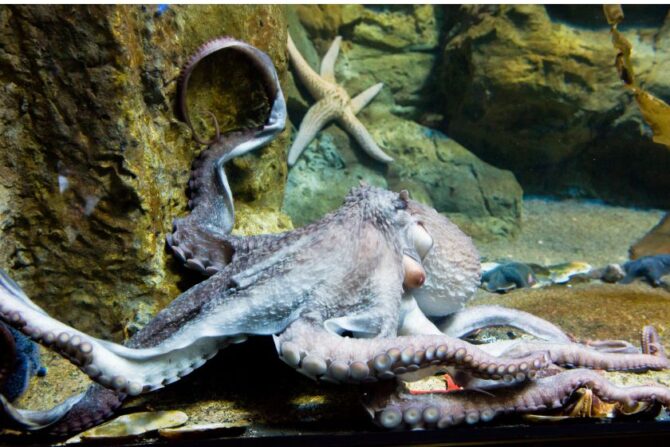
Also known as the North Pacific giant octopus, this creature has a wide range. It extends from North America to Asia. There are many other octopus species, but what makes the giant Pacific octopus stand out is its size.
This creature gets to an average of 33 pounds, with large individuals weighing over 100 pounds! The Giant Pacific octopus is also hardworking, intelligent, and quite playful.
Despite what people think of this animal, it isn’t just a monstrous beast. However, the octopus is still a predator and can even take down a shark.
13. Hamerkop (Scopus Umbretta)
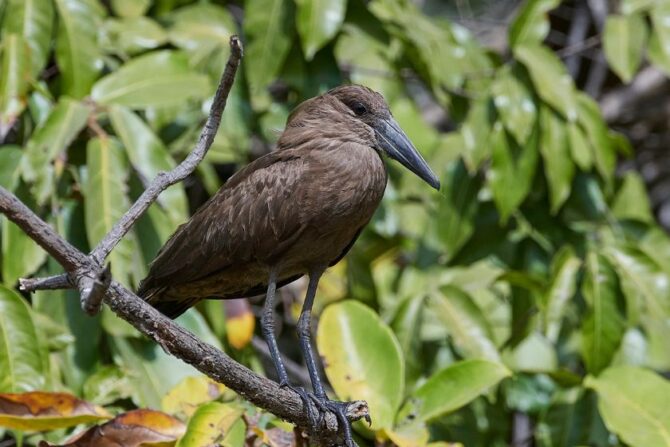
Being the only living species in its genus and family, the hamerkop is a survivor. It is related to the pelican and the shoebill.
The hamerkop is a native of Africa and Arabia, living in countries like Madagascar. It inhabits wetlands, river banks, fish ponds, and rocky coasts.
The hamerkop’s determination shows from the way it hunts prey and lives.
These birds may not look like it, but they are hardworking. They place effort in scavenging for food and in hunting.
14. Hummingbird (Trochilidae)

The hummingbird refers to birds in the family Trochilidae, all native to the Americas. There are over 300 species in this family, all divided into 113 genera.
Most species occur in the South and Central parts of America, but there are a couple in the North. Hummingbirds inhabit tropical or subtropical habitats.
Hummingbirds are known for their singing, but they don’t just do this. Hummingbirds work hard to get their food, possibly more than other birds.
15. Lioness (Panthera Leo)
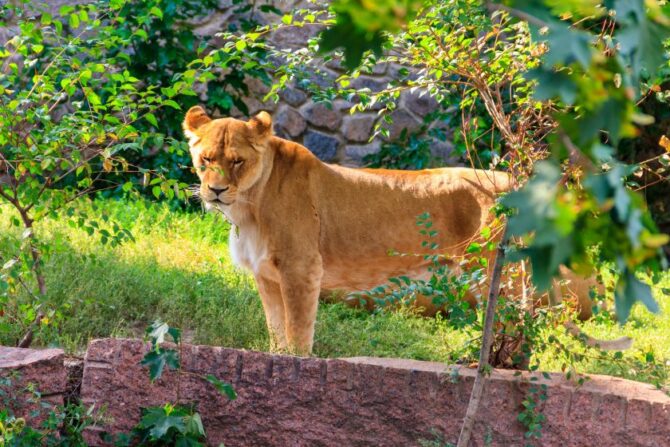
Lions are large cats in the Felidae family, and they are feared, apex predators. They’re natives of Africa and Asia.
Lions inhabit grasslands, savannas, and shrublands. This animal is the well-deserved king of animals. Lions are sexually dimorphic, with the lionesses looking very different from the males.
They’re also considered the more hardworking gender. Lionesses hunt food, guard their territories, and take care of their young ones. While male lions are seen as lazy, this isn’t the case for females.
Final Thoughts
The stories of these 15 hardworking animals remind us of the crucial roles they play in our world, from pollinating plants to enriching the soil. Their work ethic shows the beauty of Mother Nature and the diversity of our planet. By learning about the value of these animals, we see the importance of conserving their habitats to ensure the survival of our planet’s diverse ecosystems. Their dedication is a call to action for us all to appreciate and protect the natural world, a vital reminder of our shared responsibility towards the environment.
Know any other hardworking animal we missed? Share with us in the comments!
